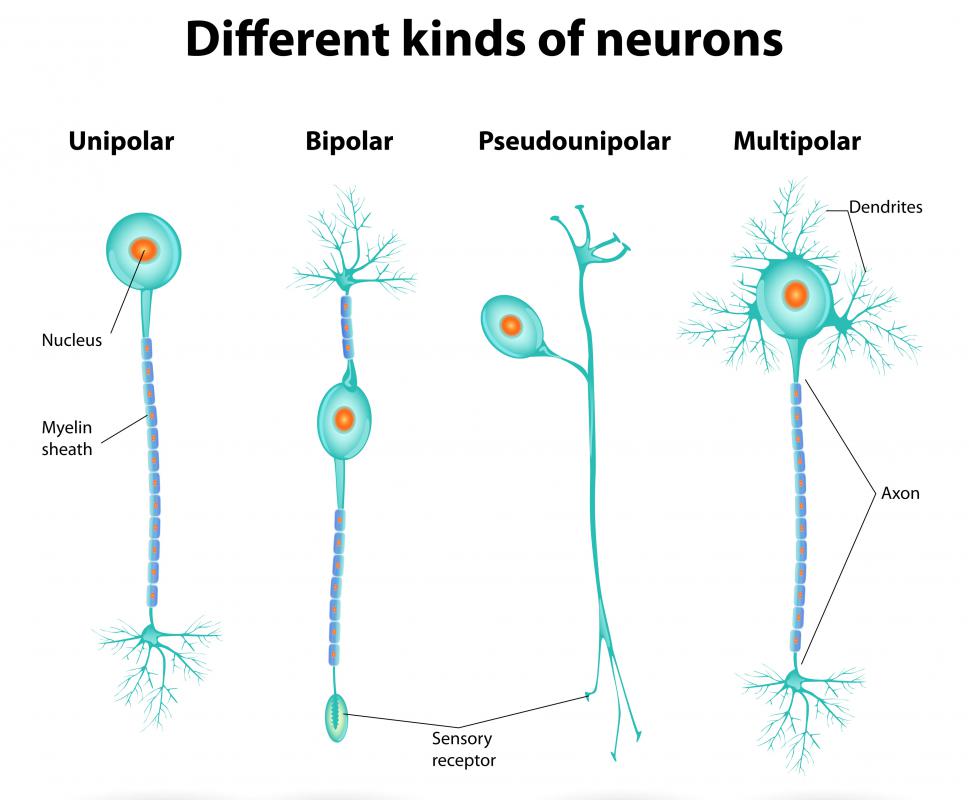At InfoBloom, we're committed to delivering accurate, trustworthy information. Our expert-authored content is rigorously fact-checked and sourced from credible authorities. Discover how we uphold the highest standards in providing you with reliable knowledge.
What is a Beta Amyloid?
The beta amyloid protein is a large peptide containing between 39 and 43 amino acids. This peptide chain is thought to play a major role in the development of Alzheimer’s disease. The plaques which develop in the brains of people with Alzheimer’s are composed primarily of the beta amyloid peptide. This peptide may also play a role in the development of other neurological diseases such as Lewy body dementia.
Beta amyloid plaques are formed primarily from a peptide that is 42 amino acids long. The more common form of the peptide has only 40 amino acids, but the 42AA peptide has a greater tendency to form plaques. The plaques form because the protein is fibrillogenic, meaning that it has a tendency to clump together with other like proteins to form fibrous structures. These structures are the plaques which progressively inhibit normal brain function in people with Alzheimer’s disease.

Research suggests that the plaques cause dementia because these peptide fiber clumps attach themselves to neurons in the brain. Once attached, the fibers prevent the neurons from receiving signals from other cells in the brain. The affected neurons cannot function or communicate with other brain cells, and die as a result.
Alzheimer’s is partially genetically inherited, a trait which is associated with the tendency to produce beta amyloid peptides that are 42 amino acids in length. When an individual has one copy of the gene which produces the 42AA peptide, he or she has an increased risk of developing Alzheimer’s disease. A person with two copies of this gene is at high risk of developing early-onset Alzeimer’s.

Based on this knowledge of how the protein interacts to form plaques, researchers have come up with several ideas which are under investigation as potential therapies to treat Alzheimer’s disease. One of these is an enzyme called a beta-secretase inhibitor. This enzyme may be able to block cleavage of the amyloid protein into the 42AA form which is most strongly associated with the development of Alzheimer’s. A related idea is a gamma-secretase enzyme, which prevents formation of the 42AA peptide at another point in the production cycle.

Another approach to treat Alzheimer’s is the development of a beta amyloid antibody which can recognize and bind to the 42AA peptide. These antibodies may be able to bind to the peptide and prevent it from forming plaques. In addition, the antibody can help promote the destruction of the peptide, as the immune system will destroy the antibody-peptide complexes that form.
AS FEATURED ON:
AS FEATURED ON:














Discussion Comments
Are beta amyloid peptides also responsible for giving after-stroke aphasia? Is there any connection between Alzheimer's and aphasia? Is there any remedy whatsoever for aphasia? -- Firoz
Post your comments